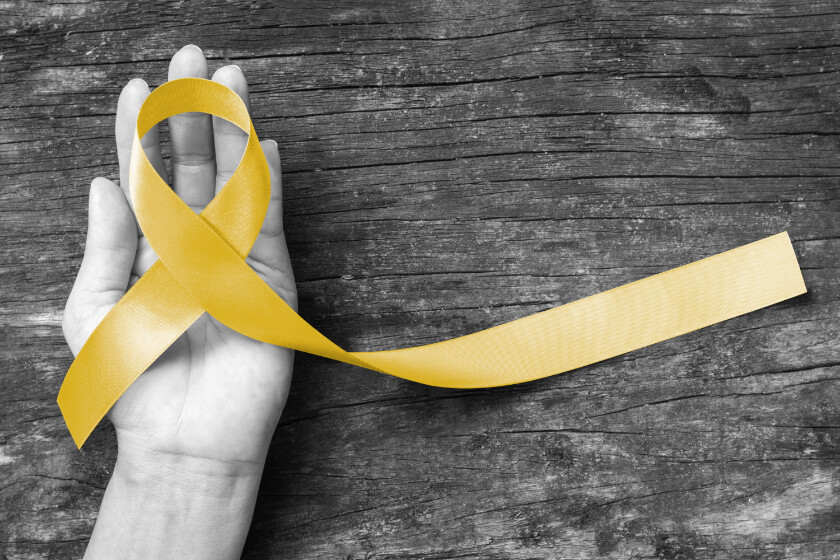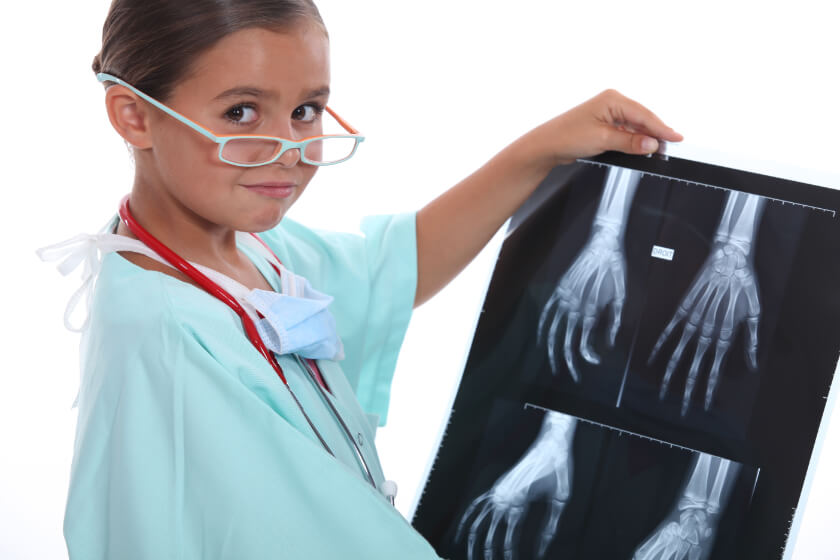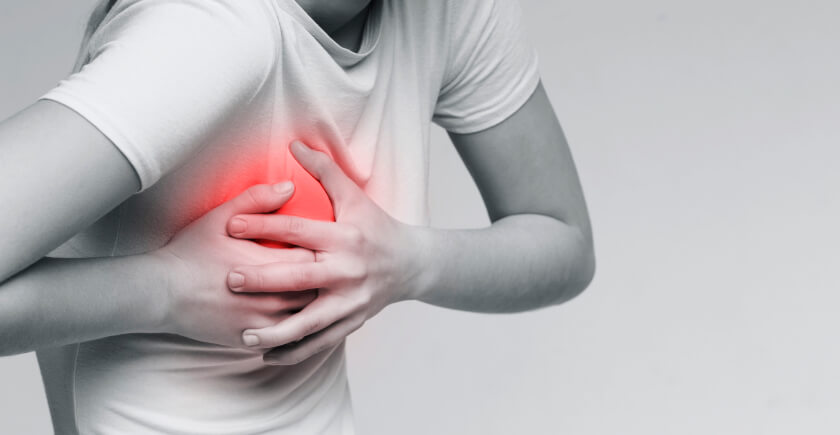
October is Spina Bifida Awareness Month

October is spina bifida awareness month. Every October, healthcare professionals, patients and their families, and the community come together to raise awareness of this condition that affects millions of people.
What is Spina Bifida?
Spina bifida is a type of birth defect affecting the development of the baby’s spine. It occurs when a developing baby’s spine does not develop or close properly, leaving a section of the spinal cord and nerves exposed.
In the first month of pregnancy, a special set of cells form the neural tube. The top of the neural tube forms the baby’s brain and skull, while the rest of the neural tube becomes the baby’s spinal cord and other structures surrounding the spinal cord. Normally, the neural tube completely closes 28 days after conception. In people with spina bifida, though, parts of the neural tube stay open. An open neural tube leaves the brain or spinal cord exposed and at risk for damage, potentially causing physical and intellectual disabilities.
Healthcare professionals describe spina bifida as a neural tube defect, or NTD. The two main types of NTDs are spinal bifida and anencephaly, which is a brain defect. These conditions develop very early in pregnancy. In fact, they often develop before a woman even knows that she is pregnant. This means it is important that women who may become pregnant gain awareness of spina bifida so that they can take steps to reduce the risk that their babies will develop the condition before the women become pregnant – especially since about half of all pregnancies are unplanned.
Some, but not all, cases of spina bifida may be prevented. While medical professionals have not yet discovered what causes the condition, they know that folic acid plays a role.
Folic acid is a B vitamin that helps a woman’s body produce red blood cells – it is also required for the production of DNA that tell the baby’s cells how to make tissues and organs during pregnancy.
The CDC recommends that women who have had a pregnancy affected by an NTD consume 400 mcg of folic acid every day, even if the women are not planning on becoming pregnant. The CDC also recommends that women who are planning on becoming pregnant consume 4,000 mcg of folic acid every day, beginning a month before becoming pregnant and during the first three months of pregnancy.
Diagnosing Spina Bifida
Fetal ultrasound is the most accurate way to diagnose spina bifida in an unborn baby. Healthcare professionals can use ultrasound to accurately diagnose spina bifida in the second trimester, between the 18th and 22nd week of pregnancy.
7 Ways to Celebrate Spina Bifida during Spina Bifida Awareness Month
1. Wear a yellow ribbon or bracelet
Like other health awareness campaigns, spina bifida awareness groups have adopted a color – yellow – to show support for people with the condition.
2. Share your story
Spina Bifida Awareness Month provides a great opportunity to share your experiences. Write a short story, create a video, make a meme, or just talk with others about spina bifida.
3. Follow spina bifida organizations on social media and post your experiences
Post your experiences with spina bifida on Facebook, Twitter, Instagram and other social media. The Spina Bifida Association and other organizations maintain social media accounts where you can learn more about spina bifida, talk to others whose lives have been touched by the condition, and share what you have learned. Use hashtags, such as #SpinaBifidaAwarenessMonth or #spinabifida to help others find your message.
4. Participate in Spina Bifida Awareness Month activities
The Spina Bifida Association hosts Walk-N-Roll events across the country throughout the year, and especially during October. This family-friendly event includes a 1-mile, non-competitive walk/roll, educational resource fair, activities and games, and opportunities to connect with others. These events raise awareness and funding for community programs and national research, education, advocacy, and support. You can even host your own spina bifida awareness events!
5. Set up an information display
Many libraries and schools invite members of the community to set up displays to promote a cause or topic. Your display may include photos, brochures, digital presentations, printed stories and more.
6. Contact your local media
Local news stations are always looking for human interest stories. Contact your local media and ask them to provide coverage of your spina bifida awareness events, displays and personal stories.
7. Connect with others
Reach out to other people who have spina bifida, and to their friends and family members. Listen to their experiences, and find out if they have tips for dealing with the life changes that spina bifida can bring.
For more information about Spina Bifida or Spina Bifida Awareness Month, speak with your doctor or radiologist.




